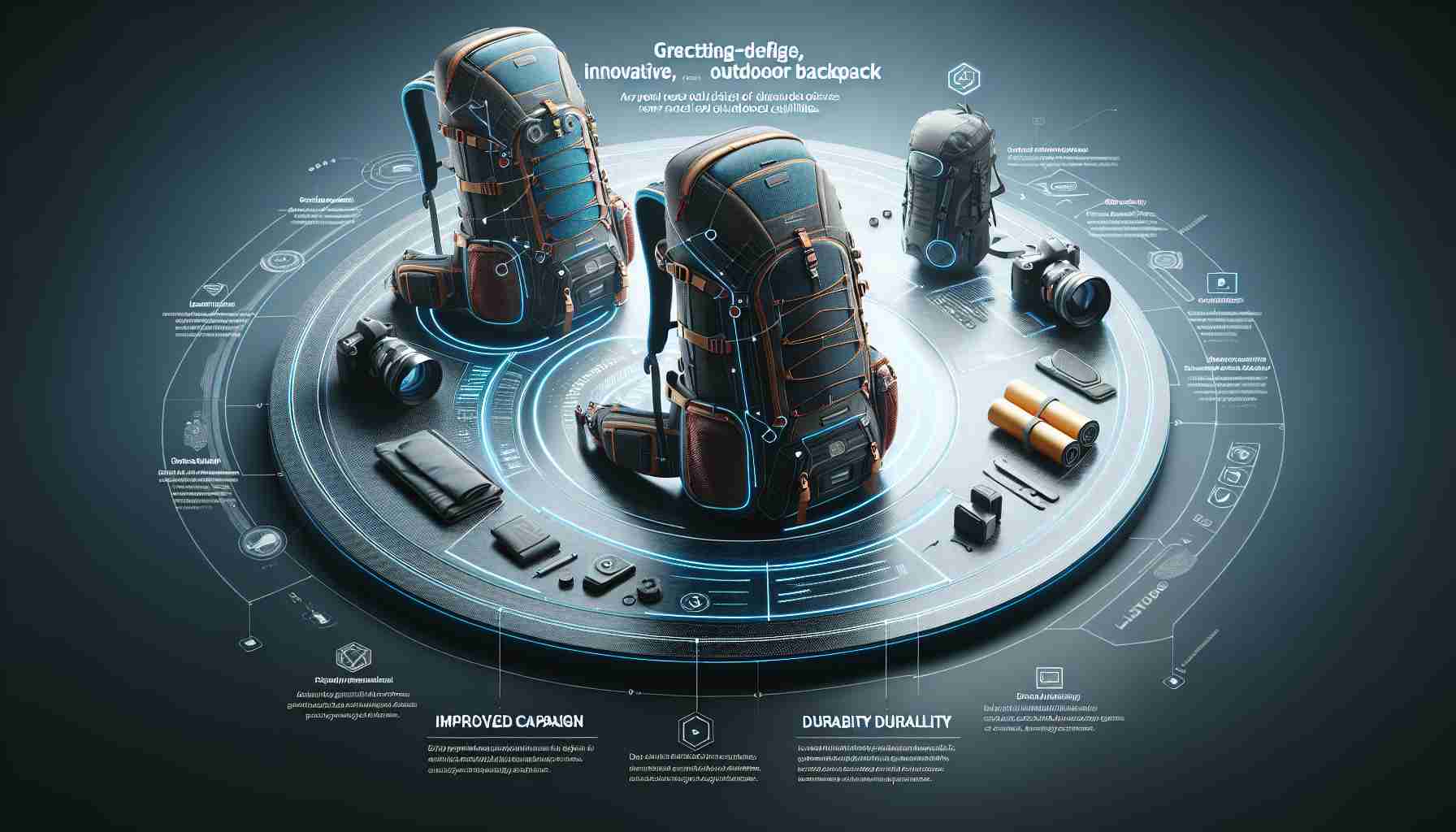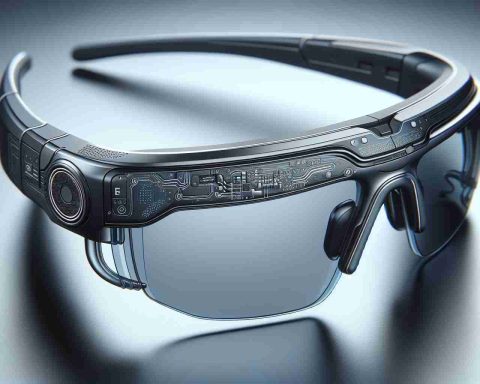Bluetti has unveiled its latest advancement in portable energy solutions: the Handsfree Backpack Power Stations. Available in two sizes, these backpacks are designed to cater to outdoor enthusiasts, including hikers, campers, and photographers. With the capability to sustain various electronic devices, they ensure that adventurers can enjoy the great outdoors without compromising their tech needs.
These backpacks are engineered for convenience. A cleverly designed side panel allows users to access all input and output ports without needing to remove the solar generator from the pack. This feature, combined with Bluetooth connectivity through the Bluetti app, enhances user experience by allowing easy monitoring of battery levels and usage.
The Handsfree 1 model, priced at $299, is equipped with a 42L backpack and provides a storage capacity of 268.8Wh, sufficient to recharge devices like drones and laptops multiple times. Meanwhile, the more robust Handsfree 2, available for $399, offers a larger 60L capacity with 512Wh of power and an impressive output of 700W.
Both units are designed with portability in mind, being light enough for outdoor use yet sturdy, featuring multiple outputs for charging various devices. Although the backpacks provide water resistance, they come with a rain fly, ensuring your gear remains protected from the elements. With their practical design and powerful capabilities, these backpacks are set to revolutionize outdoor excursions.
Explore the Future of Outdoor Power with Bluetti’s Cutting-Edge Backpack Power Stations
As outdoor adventures become increasingly popular, the need for reliable energy sources while on the go has never been greater. Bluetti’s innovative Handsfree Backpack Power Stations are redefining the way outdoor enthusiasts meet their energy requirements. But what else should potential buyers consider beyond the specifications mentioned in previous articles?
What differentiates Bluetti’s backpacks from traditional portable power stations?
Bluetti’s Handsfree backpacks merge the convenience of high-capacity energy storage with the functionality of a backpack. Unlike typical power stations that can be cumbersome and require separate transportation, these backpacks integrate power management seamlessly into the outdoor gear itself. This innovative approach allows users to move freely while accessing energy as needed without excessive bulk.
Key Questions and Considerations:
1. How long do the batteries last on a single charge?
The overall run time depends on the devices being powered. For instance, the Handsfree 1 can recharge smaller electronics such as smartphones and cameras multiple times, while larger devices may drain power faster. Users should consider their specific needs and device power requirements.
2. What are the charging options for the backpacks?
Both models can be charged via traditional wall outlets, car chargers, or solar panels, making them versatile for various situations. This flexibility is essential for users engaging in prolonged outdoor activities.
3. Are there any limitations regarding the types of devices that can be charged?
While both backpacks are capable of charging a wide range of devices, high-drain electronics may not be suitable for portable use without additional considerations, especially when trying to recharge them multiple times on a single charge.
Challenges and Controversies:
Despite the exciting advancements, several challenges persist. One major concern is the weight of the backpacks. While designed for portability, the added weight from the power systems can impact ease of use on long treks. Furthermore, the cost is another important factor; not every outdoor enthusiast may be willing to invest in such high-tech equipment, especially when traditional methods remain available.
Advantages and Disadvantages:
Advantages:
– Integrated Design: The backpacks combine storage and power capabilities, simplifying travel and energy use.
– Connectivity: Bluetooth connectivity for real-time monitoring enhances usability.
– Versatility: Multiple charging options allow for broader use in different environments.
Disadvantages:
– Cost: The price point may be out of reach for casual users.
– Weight: The additional components could make longer hikes more challenging.
– Dependency on Charging Sources: Users must plan ahead to ensure they have charging capabilities, particularly in remote areas.
In conclusion, Bluetti’s Handsfree Backpack Power Stations represent a significant leap in outdoor power solutions. With their innovative design and thoughtful features tailored for adventurers, they promise to enhance the outdoor experience for many. However, potential users should weigh the pros and cons carefully to determine whether these backpacks meet their specific outdoor energy needs.
For more information about Bluetti and its products, visit the official Bluetti website.

















